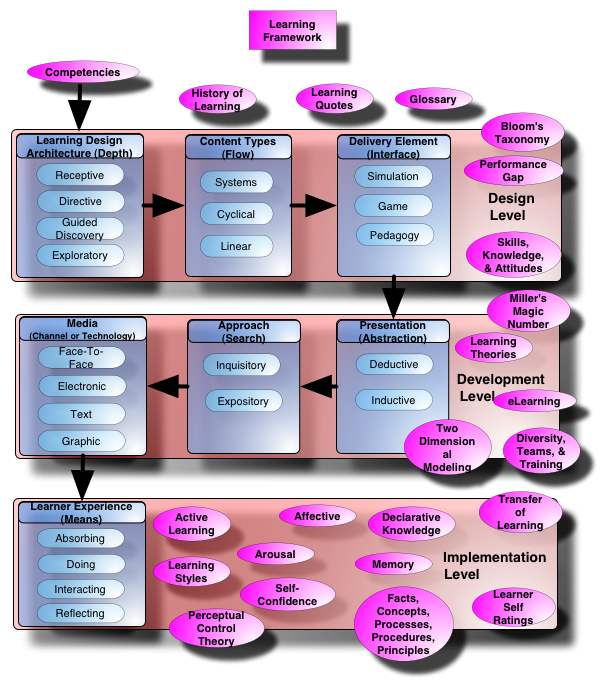Learning by Absorbing
Reading, seeing, listening, and feeling are good methods for absorbing information. However, this information does not instantly become knowledge once we have absorbed it as we have simply copied the information from one source, such as a book, to another source, our brain. To help make it part of one's knowledge base, one needs to take it through a “learning cycle,” but not necessarily in this order (similar to Kolb's Learning Styles, 1984):
- observing and reflecting
- forming concepts (models, frameworks, generalizations)
- testing in new situations
- gaining experience
For example, I once watched a program on the human face. So while absorbing was the main learning vehicle, there was still a cycle to it:
- Watching the program and thinking about it (observing and reflecting).
- Fitting it in with previous experience and knowledge - (forming concepts).
- Writing about it on a discussion list (testing in new situations).
- Other than the seeing, reflecting, and the posting, I have not really used the new information, so my knowledge base lacks real depth (gaining additional experience).
References
Kolb D. (1984). Experiential learning: experience as the source of learning and development. Englewood Cliffs, New Jersey: Prentice Hall.


